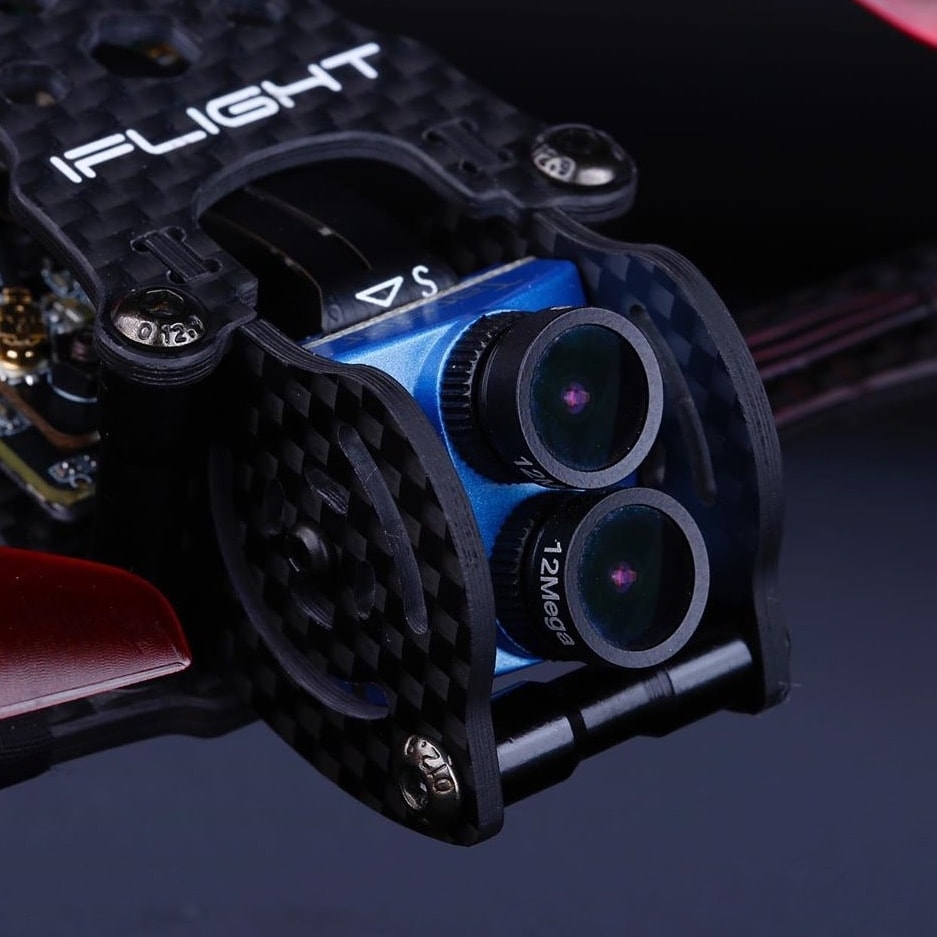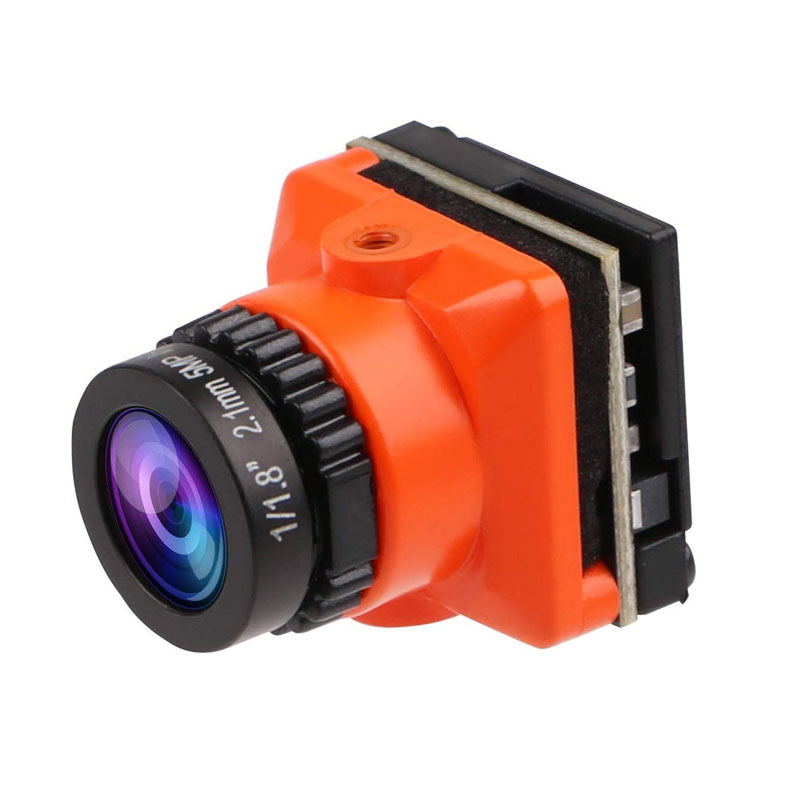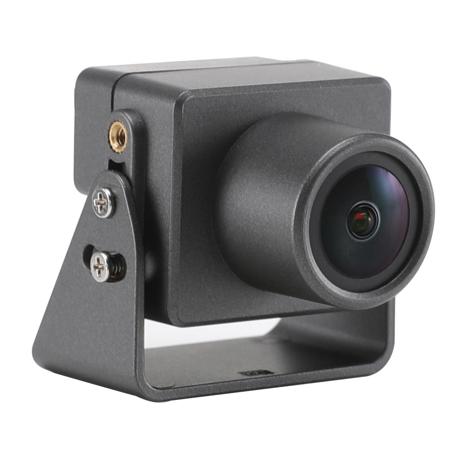
If your drone FPV camera is provided with the on-screen display, it means that you will see the most important information, such as battery voltage, “ON” time, etc. The OSD (on-screen display) now is a very popular additional feature, that many advanced FPV cameras have. Some manufacturers take advantage of the possibility to make their product unique and add some special additional features to the basic function set. Nowadays the digital technologies are quickly evolving, so are the FPV cameras. So, be careful, to choose the camera with the right FOV. The image will be curved at the edges, and the details in the middle will look smaller and further than in reality. Nevertheless, if the FOV is too large, the image may be distorted, and you will experience a so-called “fish-eye” effect. The wider FOV the camera has, the more details of the environment you will be able to see, and the better experience you will get. You won’t be able to see the object clearly enough with small FOV, as the image will be too zoomed. The field of view of the camera is mainly your personal preference, though there are cases when it is important to consider the environment you are planning to fly in. The larger the focal length, the wider the FOV. With short focal length, you will get wider FOV. The field of view (FOV) of a good FPV camera depends on the focal length of the lens and the size of the sensor in the camera. The larger the sensor, the better the performance in low light. The sensor size is the characteristic that matters a lot. The SMOS technology is developing, the sensors are being improved, while their price is decreasing. Nevertheless, the new CMOS technology is being improved and nowadays is used in most newest FPV cameras. CCD has been widely-used on FPV cameras, as it ensures better and more solid performance. The FPV cameras come with two types of image sensors: CCD and AMOS. The aspect ratio is your personal preference, but make sure your new device is compatible with the devices you already have, concerning the aspect ratio. In fact, it doesn’t influence the image quality a lot, but remember to check, if the camera and the screen you are planning to use, have the same aspect ratio. It doesn’t mean that one aspect ratio is better than the other. 4:3 is squarer, and is used in old CRT TV-sets.
#FPV CAMERA TV#
A usual LCD TV and a computer monitor have the aspect ratio of 16:9. You may choose between 16:9 FPV camera and 4:3, though a really good device will provide you with both options. Aspect RatioĪspect ratio means the shape of the image that the camera captures.

They are not provided with hard cases and don’t have any mounting options. Such cameras are used on the quads, sized 2” or under.

Though the cameras are small, it doesn’t influence their quality. Microįor an ultra-light racing drone, you are going to need a micro-sized FPV camera. The cameras of this size are very popular nowadays, and it is possible to convert them into FPV/HD cameras. Mini cameras come with a mounting hole of 21mm, and they fit medium-sized frames. This standard was established in 2017 by the RunCam Swift, and is used now in RC airplane FPV. Apart from the larger frames, they are also compatible with some of the medium-sized frames. The FPV cameras with the mounting holes of 28mm are considered to be standard models. So, be sure to check that the FPV camera you choose is compatible with the drone you are going to use. Different drones require devices of different sizes.

The mounting hole to attach a camera on the frame defines the size category of the FPV camera. The FPV cameras come in four sizes: Standard, Mini, Micro, and Nano. To get a reliable device, check such characteristics as camera size, aspect ratio, sensor (type and size), field of view, additional features.

The most important thing to remember is that the best FPV camera records footage with low latency in real time.


 0 kommentar(er)
0 kommentar(er)
